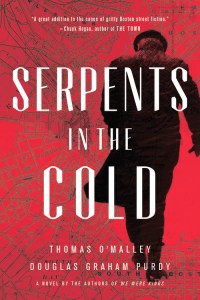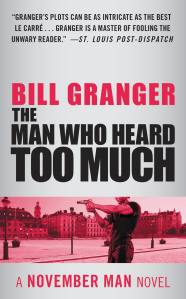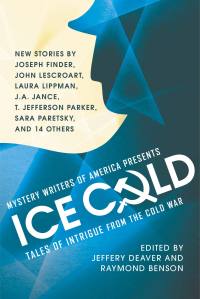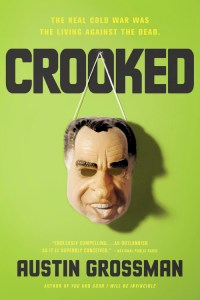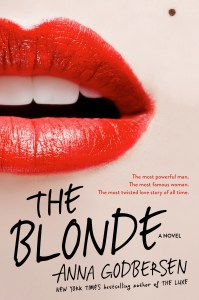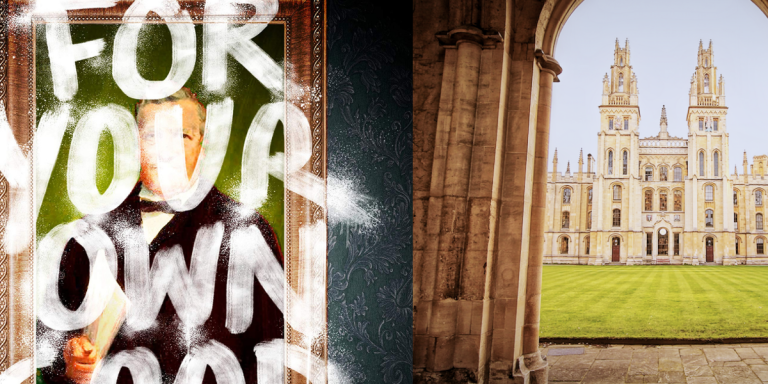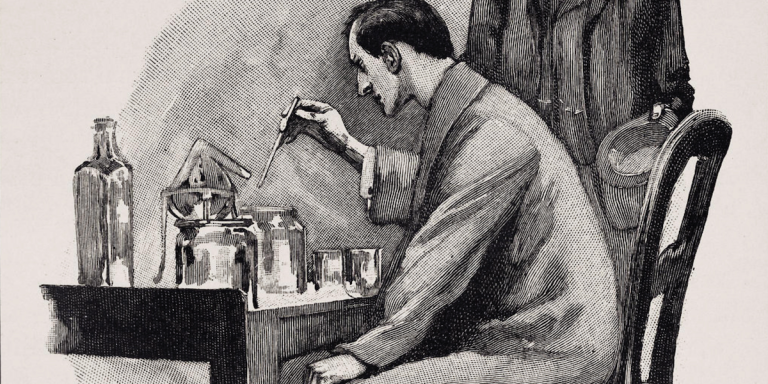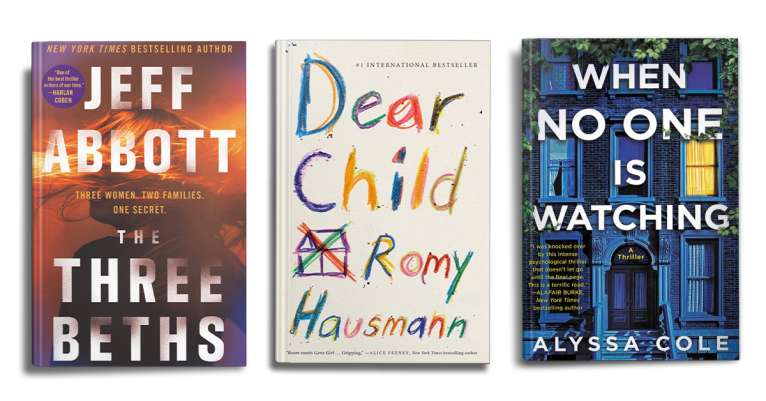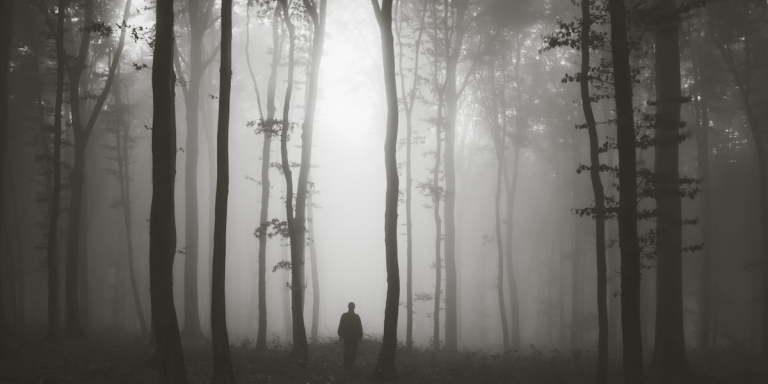Reconnaissance, Espionage, and Counter-Surveillance: 9 Cold War Thrillers
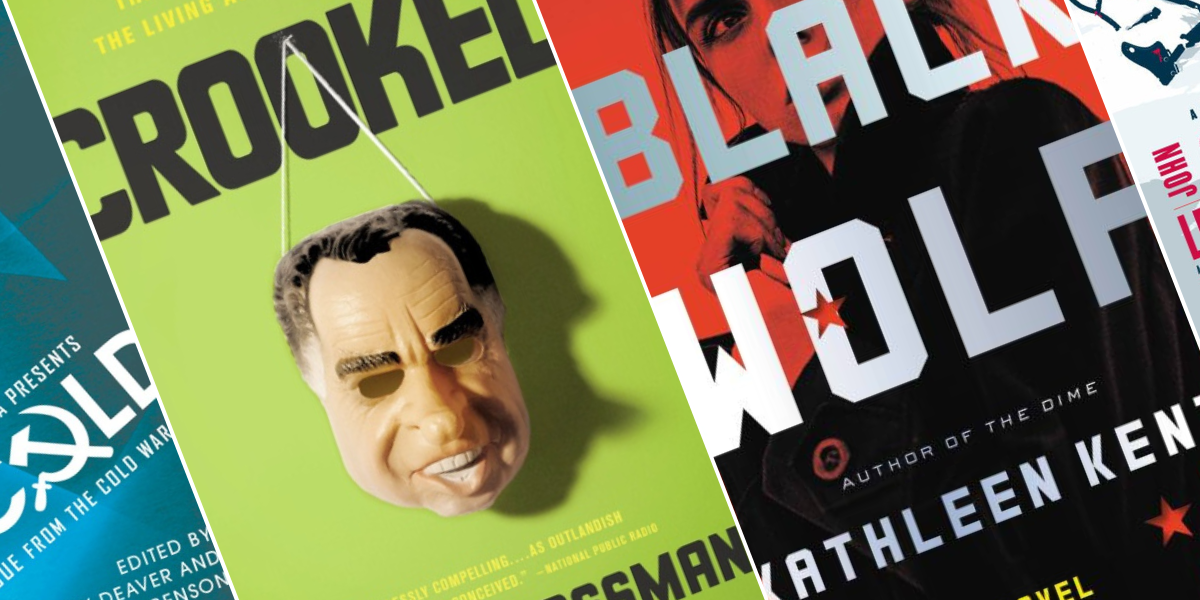 When I was in school, I didn’t really understand what the Cold War was… to me, if there was no violence, and no one dying at the hands of the enemy, then it wasn’t really a “war.”
When I was in school, I didn’t really understand what the Cold War was… to me, if there was no violence, and no one dying at the hands of the enemy, then it wasn’t really a “war.”
As an adult, I understand it better: even though America and Soviet-Era Russia fought together to win the second World War, it was an “enemy of my enemy is my friend” situation. Ideologically, the countries as they existed through the 40s through the 80s were at direct odds. Both were ready for a “real” war, but neither wanted to throw the first punch, which led to (essentially) decades of high-stakes reconnaissance, espionage, and counter-surveillance.
For that reason, the best—or at least the most famous—thrillers about spies are all set during the Cold War. Here’s a dead drop of books, from contemporary to historical, to get you started down that path.
Based on the espionage term “out in the cold” or on a special covert assignment, this novel follows Alec Leamas from his native London to East Berlin, behind the Iron Curtain. There, his mission is to bring down the head of the East German Intelligence agency. John le Carre the author, himself, had a career in England’s M16 as a “consul,” or spy, himself. It’s no wonder this novel was all the rage in 1962, the year it was released…and its timelessness still has readers raving.
Jack Ryan is still a thing, but this book was what really put that character on the map. CIA analyst Ryan doesn’t really have an interest in fieldwork, but at the end of the Cold War, Soviet Navy Captain Marko Raimus defects, bringing a nuclear submarine (the Red October) with him. His decision sends both Americans and Soviets into a chase, CIA versus KGB in a proxy war below the Atlantic.
Related: Delve Into These Historial Mysteries
This one’s a doorstopper, but readers love it. The novel spans 40 years of the US Intelligence structure, from the start of the CIA to the present issues in the Middle East. The book goes far, but it also goes deep, explaining the CIA’s genesis and evolution in a way that the jacket copy compares to “what Mario Puzo did for the mafia.” I’m not sure if that means humanizing them or demonizing them…probably both, but it’s high praise either way, and certainly worth investigating
February of 1951 was one of the coldest winters on record, but let’s not forget what “out in the cold” means in spy-speak. Cal O’Briend, a former policeman in Boston who still has night terrors from serving in World War II, learns of the murder of one addict Margot Cooper. Cal realizes that Margot’s husband was his childhood friend, Dante. Cal calls Dante (who is now addicted to heroin as a likely result of similar wartime trauma) to inform the next of kin, and they team up to serve vigilante justice against Margot’s killer. The plotline is winding, but readers say the pacing is impeccable.
Like many who want to put stock in conspiracy theories but can’t find the facts to lean their theories on, the protagonist of this series, Devereauz (aka November) swings wild between sides. He wages his own war for and against both the CIA and KGB, but he finds himself faced off against his double-agent adversary Henry McGee yet again. In this, the tenth book of the series, they confront one another in Sweden, over a defected Russian sailor who leaked high-level intelligence.
Related: Bone-Chilling Mystery and Suspense
The editors of this spy anthology are the only Americans to write official James Bond novels, meaning their taste for Cold War espionage is en pointe. Their collection contains Cold War thrills from every angle, from solving homicide crimes with roots in Soviet Armenia to a girl befriending a lab rat in a weapons research center. It’s an excellent sampling of the genre for those needing a taste of it all.
It should come as no surprise that the Cold War era spawned all the best conspiracy theories. In his novel Crooked, Austin Grossman ties them all together, linking President Nixon to a war on the occult featuring Russian honey-traps. I don’t know about you, but I love a good conspiracy theory, especially when it speculates wildly about established facts—after all, what’s stranger than fiction?
Not to be confused with the recent adaption based on the Joyce Carol Oates novel, Anna Godberson’s book The Blonde still focuses on the oft-imitated Marilyn Monroe. This time, Monroe is reimagined as a Soviet Spy seeking intel from President Kennedy himself…until she falls in love with him for real. It’s a fascinating, conspiratorial fiction that will sate anyone’s thirst for Old Hollywood glamor and Cold War intrigue.
It is 1990 when Melvina Donleavy arrives in Soviet Belarus on her first undercover mission with the CIA, alongside three fellow agents—none of whom know she is playing two roles. To the prying eyes of the KGB, she is merely a secretary; to her CIA minders, she is the only one who can stop the flow of nuclear weapons from the crumbling Soviet Union into the Middle East.
For Mel has a secret; she is a “super recognizer,” someone who never forgets a face. But no training could prepare her for the reality of life undercover, and for the streets of Minsk, where women have been disappearing. Soviet law enforcement is firm: murder is a capitalist disease. But could a serial killer be at work? Especially if he knew no one was watching? As Mel searches for answers, she catches the eye of an entirely different kind of threat: the elusive and petrifying “Black Wolf,” head of the KGB.
By clicking 'Sign Up,' I acknowledge that I have read and agree to Hachette Book Group’s Privacy Policy and Terms of Use
What to Read Next
Mary Kay McBrayer is the author of America’s First Female Serial Killer: Jane Toppan and the Making of a Monster. You can find her short works at Oxford American, Narratively, Mental Floss, and FANGORIA, among other publications. She co-hosts Everything Trying to Kill You, the comedy podcast that analyzes your favorite horror movies from the perspectives of women of color. Follow Mary Kay McBrayer on Instagram and Twitter, or check out her author site here.
